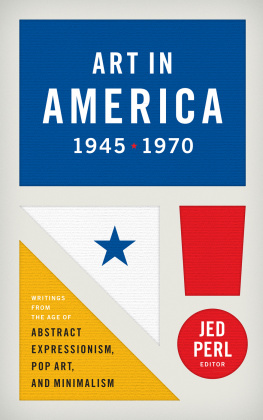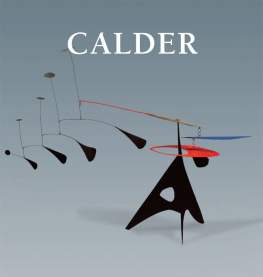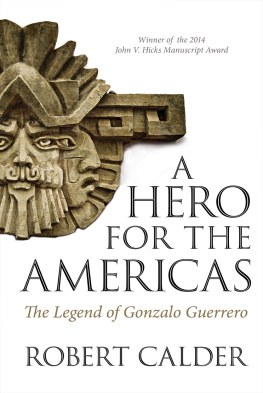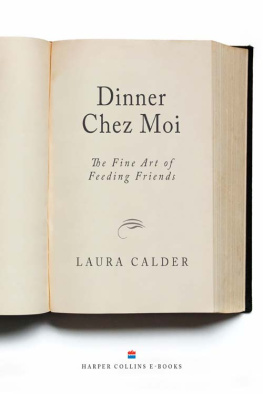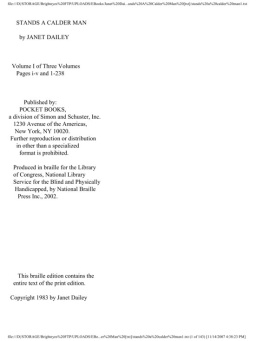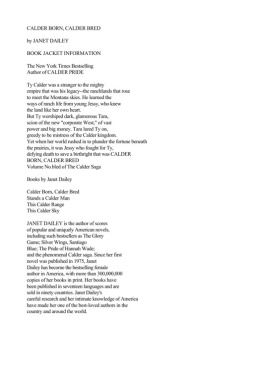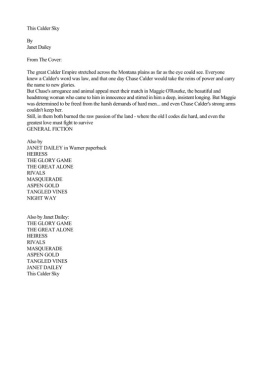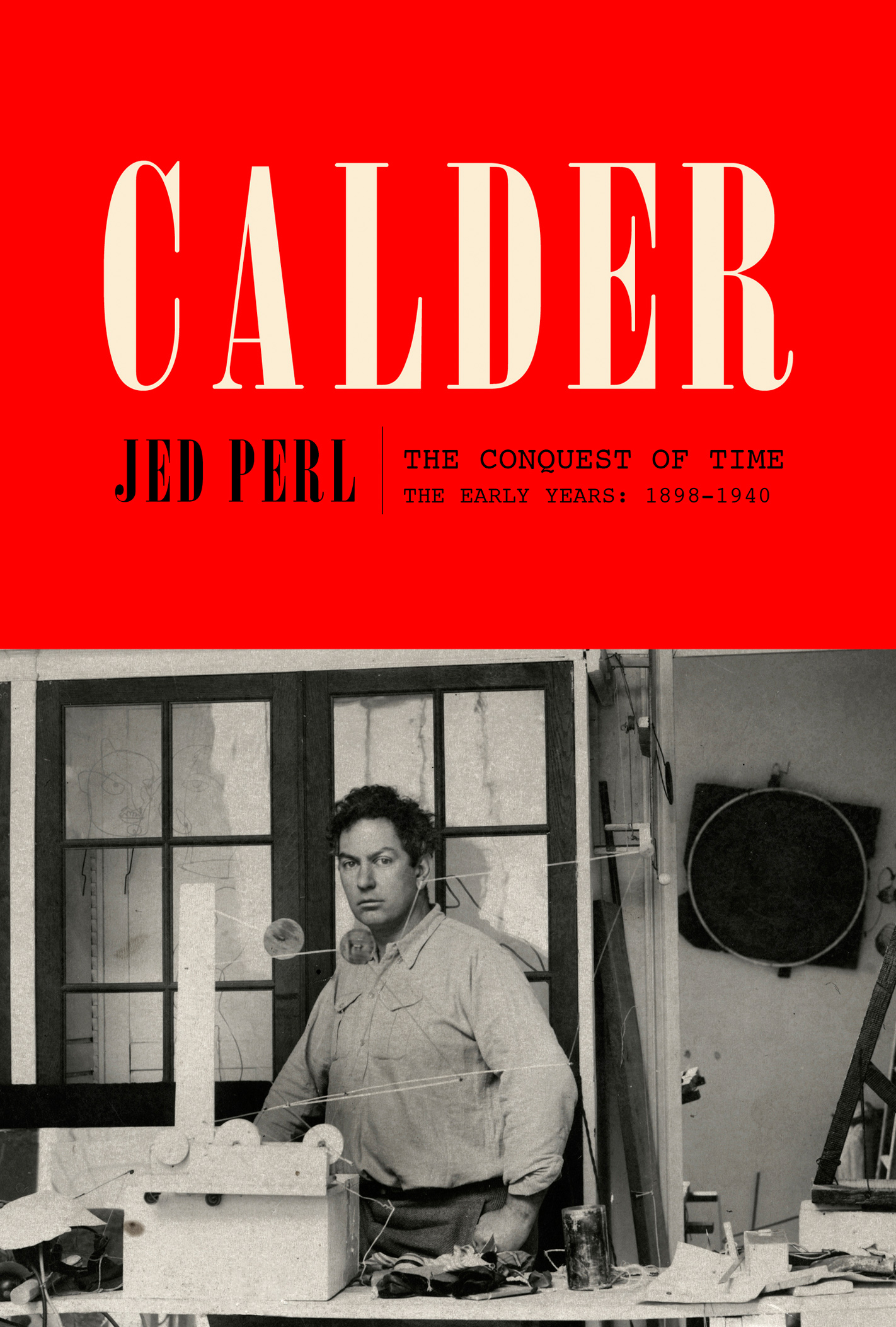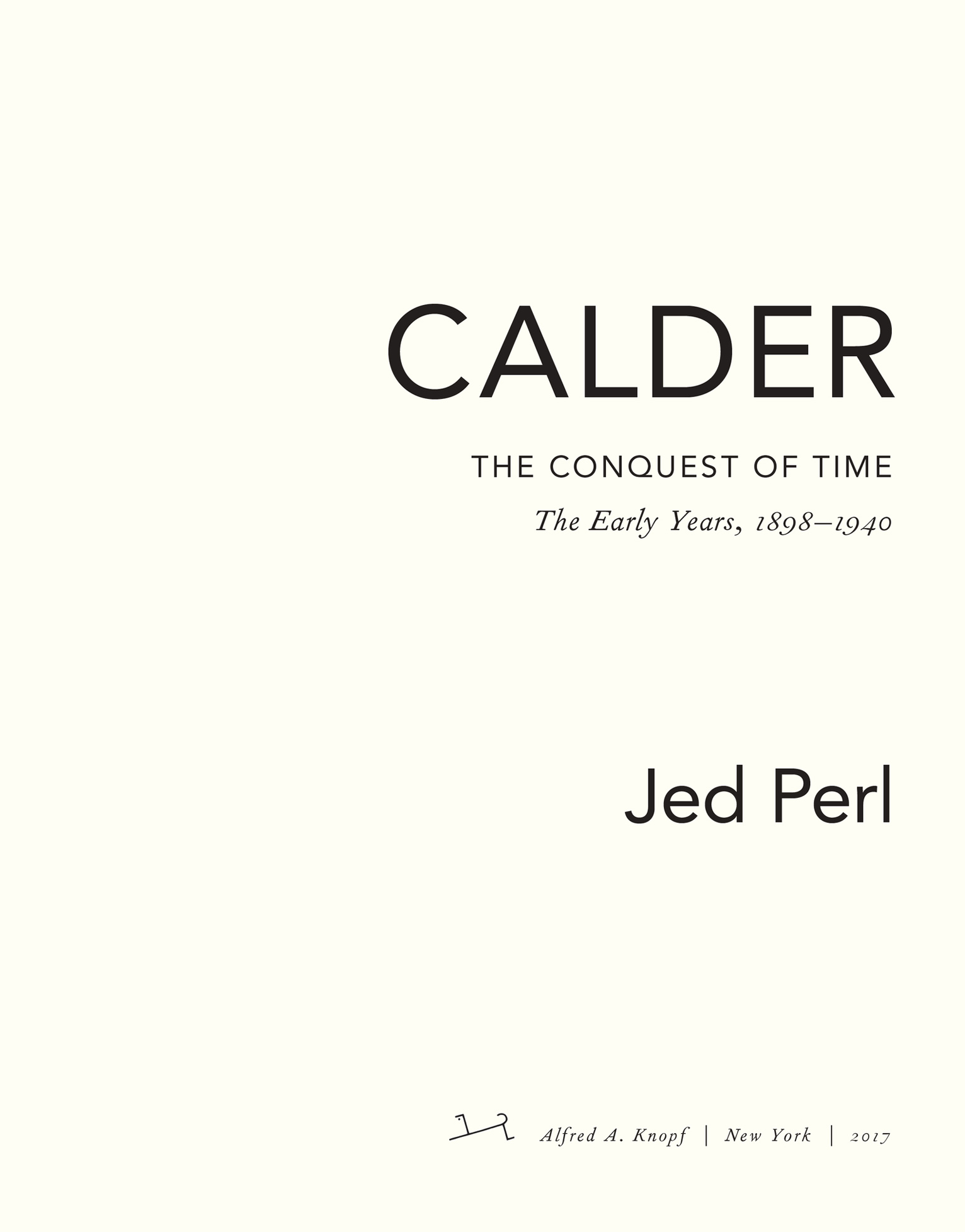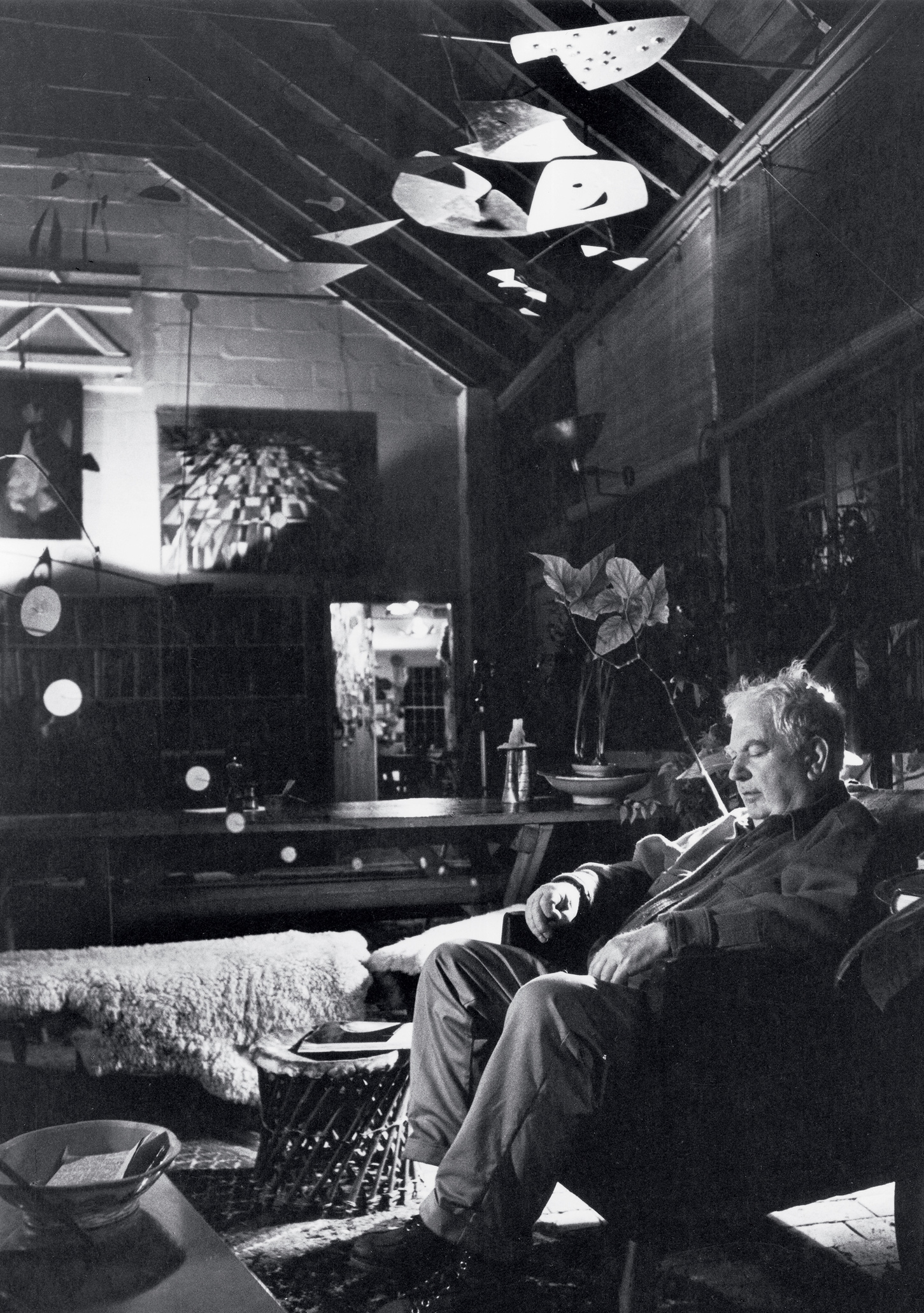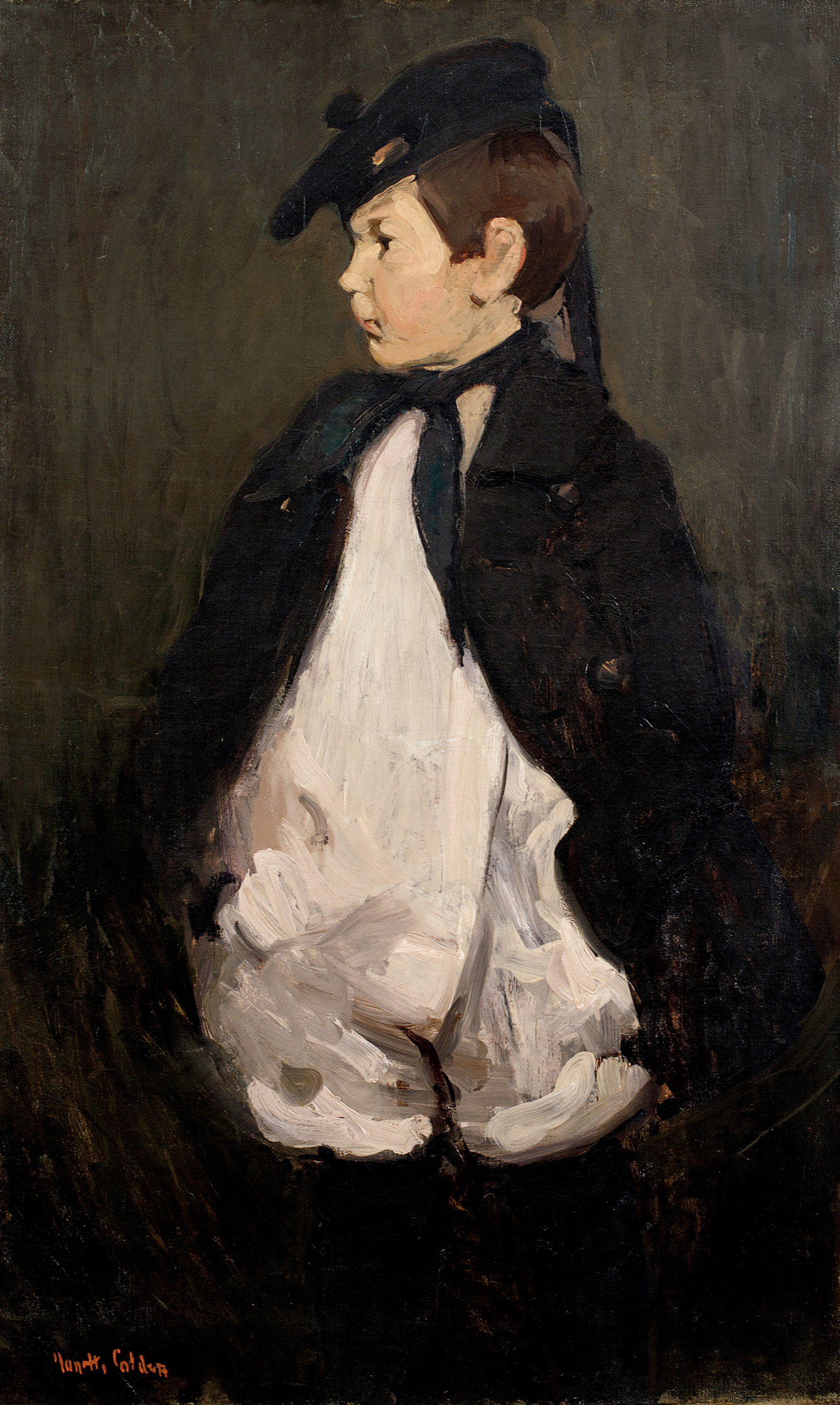Jed Perl - Calder: The Conquest of Time: The Early Years: 1898-1940
Here you can read online Jed Perl - Calder: The Conquest of Time: The Early Years: 1898-1940 full text of the book (entire story) in english for free. Download pdf and epub, get meaning, cover and reviews about this ebook. year: 2017, publisher: Knopf Publishing Group, genre: Non-fiction. Description of the work, (preface) as well as reviews are available. Best literature library LitArk.com created for fans of good reading and offers a wide selection of genres:
Romance novel
Science fiction
Adventure
Detective
Science
History
Home and family
Prose
Art
Politics
Computer
Non-fiction
Religion
Business
Children
Humor
Choose a favorite category and find really read worthwhile books. Enjoy immersion in the world of imagination, feel the emotions of the characters or learn something new for yourself, make an fascinating discovery.

- Book:Calder: The Conquest of Time: The Early Years: 1898-1940
- Author:
- Publisher:Knopf Publishing Group
- Genre:
- Year:2017
- Rating:5 / 5
- Favourites:Add to favourites
- Your mark:
Calder: The Conquest of Time: The Early Years: 1898-1940: summary, description and annotation
We offer to read an annotation, description, summary or preface (depends on what the author of the book "Calder: The Conquest of Time: The Early Years: 1898-1940" wrote himself). If you haven't found the necessary information about the book — write in the comments, we will try to find it.
Alexander Calder is one of the most beloved and widely admired artists of the twentieth century. Anybody who has ever set foot in a museum knows him as the inventor of the mobile, Americas unique contribution to modern art. But only now, forty years after the artists death, is the full story of his life being told in this biography, which is based on unprecedented access to Calders letters and papers as well as scores of interviews. Jed Perl shows us why Calder was--and remains--a barrier breaker, an avant-garde artist with mass appeal.
This beautifully written, deeply researched book opens with Calders wonderfully peripatetic upbringing in Philadelphia, California, and New York. Born in 1898 into a family of artists--his father was a well-known sculptor, his mother a painter and a pioneering feminist--Calder went on as an adult to forge important friendships with a whos who of twentieth-century artists, including Joan Miro, Marcel Duchamp, Georges Braque, and Piet Mondrian. We move through Calders early years studying engineering to his first artistic triumphs in Paris in the late 1920s, and to his emergence as a leader in the international abstract avant-garde. His marriage in 1931 to the free-spirited Louisa James--she was a great-niece of Henry James--is a richly romantic story, related here with a wealth of detail and nuance.
Calders life takes on a transatlantic richness, from New Yorks Greenwich Village in the Roaring Twenties, to the Left Bank of Paris during the Depression, and then back to the United States, where the Calders bought a run-down old farmhouse in western Connecticut. New light is shed on Calders lifelong interest in dance, theater, and performance, ranging from the Cirque Calder, the theatrical event that became his calling card in bohemian Paris to collaborations with the choreographer Martha Graham and the composer Virgil Thomson. More than 350 illustrations in color and black-and-white--including little-known works and many archival photographs that have never before been seen--further enrich the story.
Jed Perl: author's other books
Who wrote Calder: The Conquest of Time: The Early Years: 1898-1940? Find out the surname, the name of the author of the book and a list of all author's works by series.

